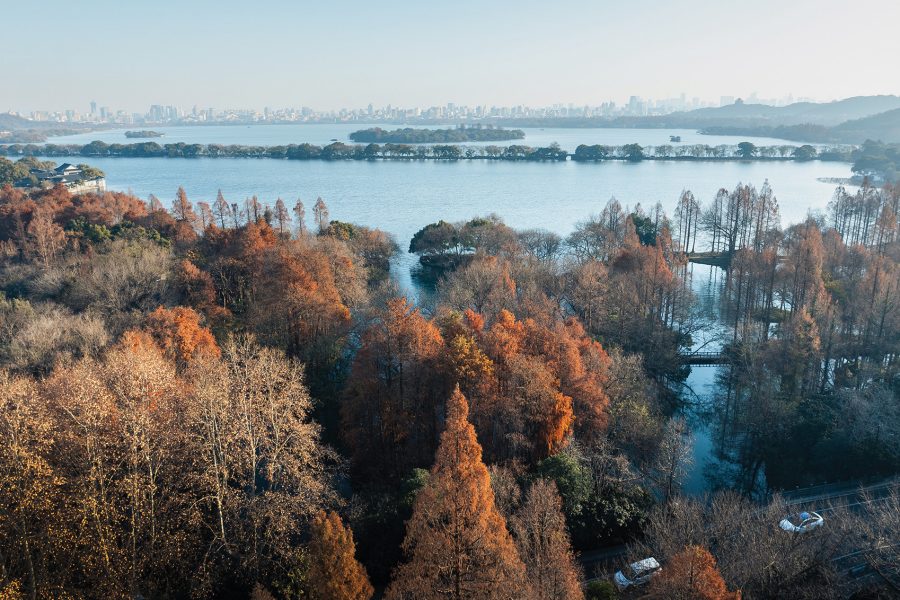Hangzhou is a place that has been immortalised in poetry and art, and it owes much of its fame to a single attraction. West Lake put the city on the map. Throughout the centuries, countless poets have waxed lyrical about the beauty of Hangzhou and its crown jewel, which first earned its Unesco World Heritage status in 2011.
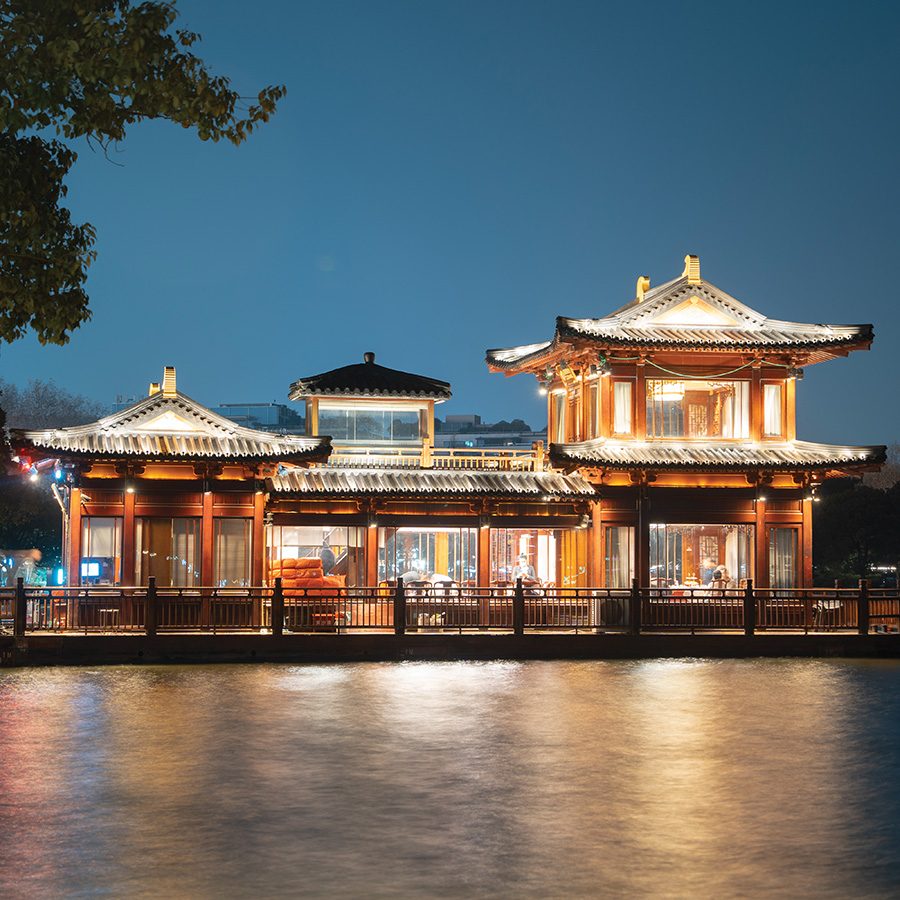
Credit: Hym Chu
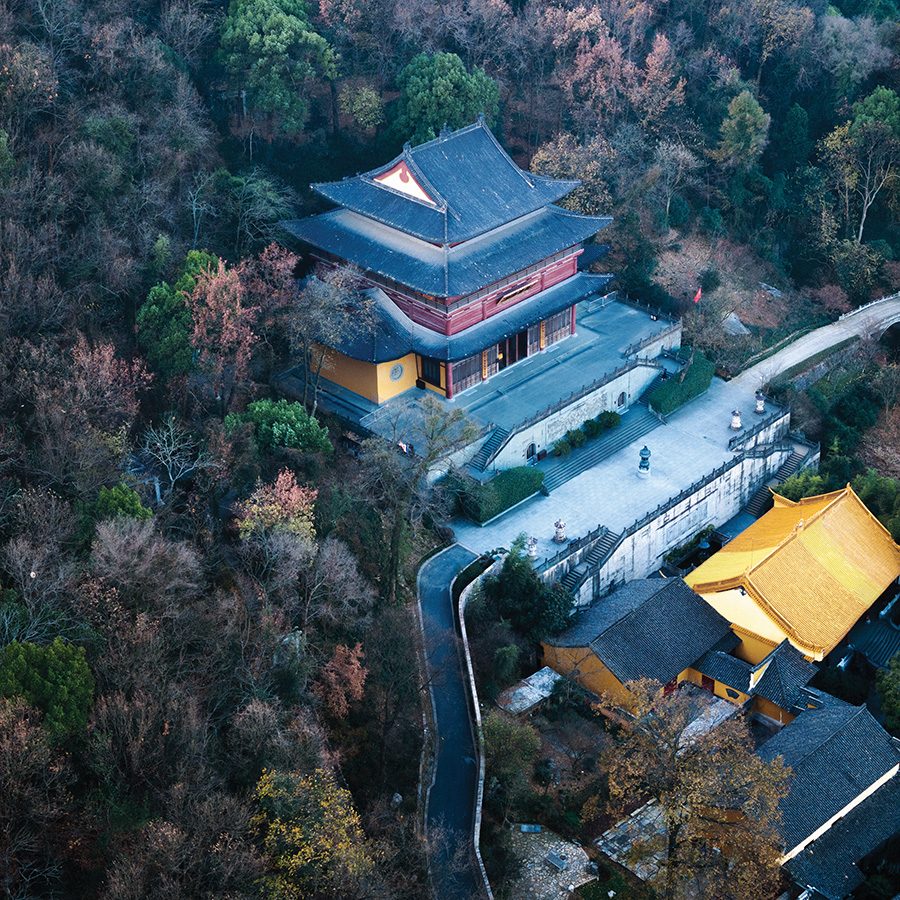
Credit: Hym Chu
Its perennial allure is undeniable. Surrounded by mystic scenery and ancient charm, the lake welcomes millions. One could easily spend an entire day traversing the entire 15km loop, getting lost in the pagodas, historic temples and ethereal gardens dotting its perimeter.
Yet Hangzhou’s allure extends beyond West Lake. Once lauded by Marco Polo as “the most splendid city in the world”, the capital of Zhejiang Province has emerged as a modern tech hub and cultural hotspot, last year both hosting the Asian Games and seeing the launch of its inaugural Michelin Guide.
With the city’s star rising, I wonder if West Lake deserves all the attention. I ask a friend who was born and raised here: what’s the best spot in the city?
“West Lake,” she replies without hesitation. “It’s really peaceful at night.”
As a three-year transplant to the city, you could call me a sceptic. I’ve visited West Lake dozens of times, from many vantage points. For me, the real draw of the city lies in the lush hills and verdant valleys surrounding its pièce de resistance. To make up my mind, I plan a staycation to track down the city’s hidden gems.
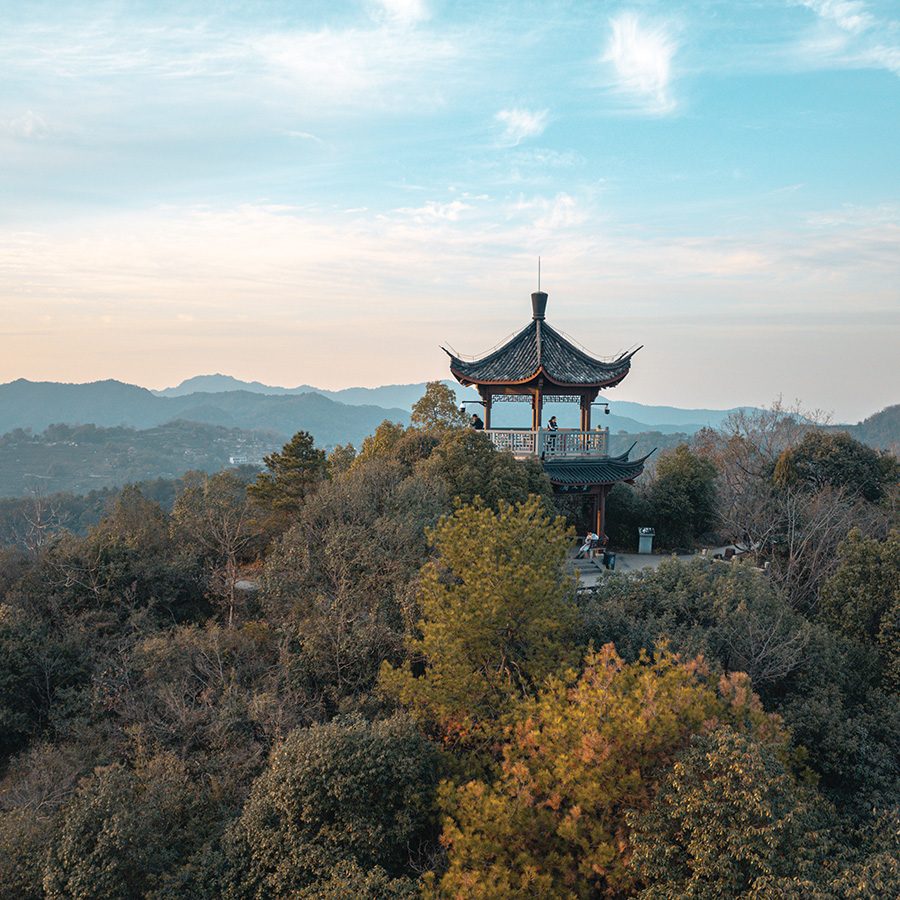
Credit: Hym Chu
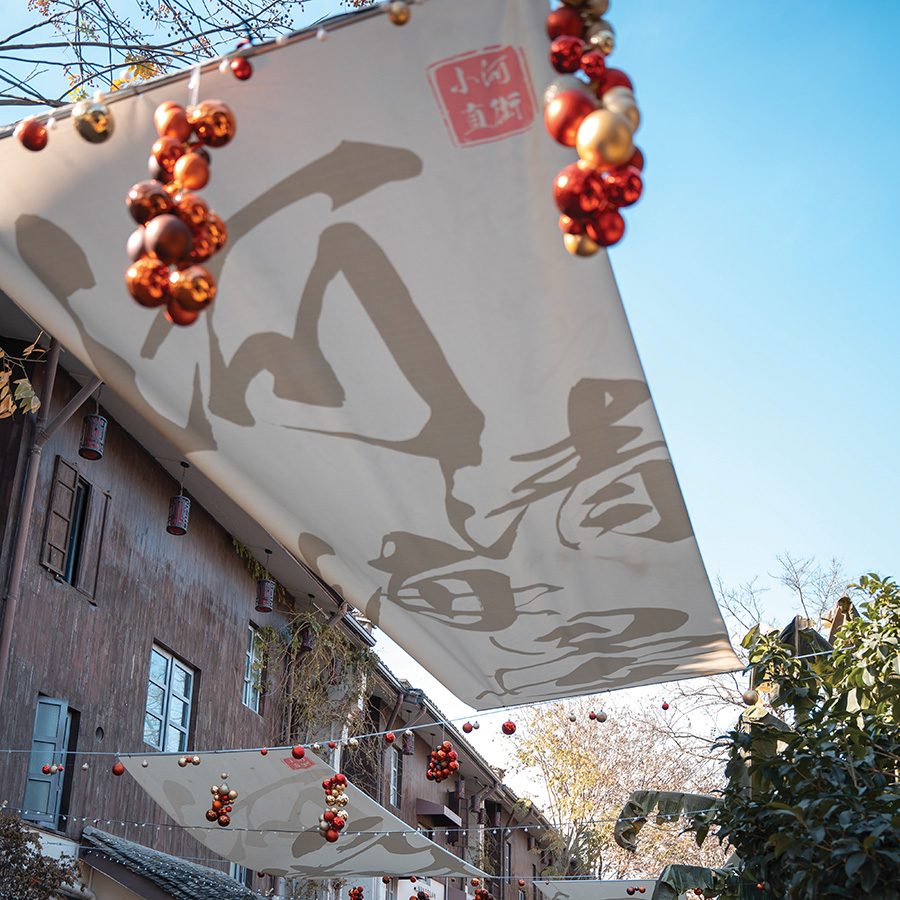
Credit: Hym Chu
I begin by hiking Tiger Spring trail, setting out early to avoid the crowds. On the way up, I spot people filling containers with water from the spring, believed to enhance the flavour of tea.
The trail leads up to Guiren Peak and its panoramic views. To the east lies the futuristic Binjiang skyline, while numerous hills extend westward. Hangzhou is a hiker’s paradise, with easily accessible trails suiting all levels.
After a lunch of rustic Zhejiang classics at Amanfayun’s Hangzhou House, it’s a short walk to Lingyin Temple, a sprawling complex in the hills. With its 1,700-year history, it’s one of the oldest Buddhist temples in the Chinese Mainland and a cultural destination attracting pilgrims and tourists alike.
Visit early, when crowds are sparse. But spiritual repose can still be found at any time of day amid the statues, stone carvings and ancient scriptures. The scent of incense hangs in the air as visitors pray for luck and blessings.
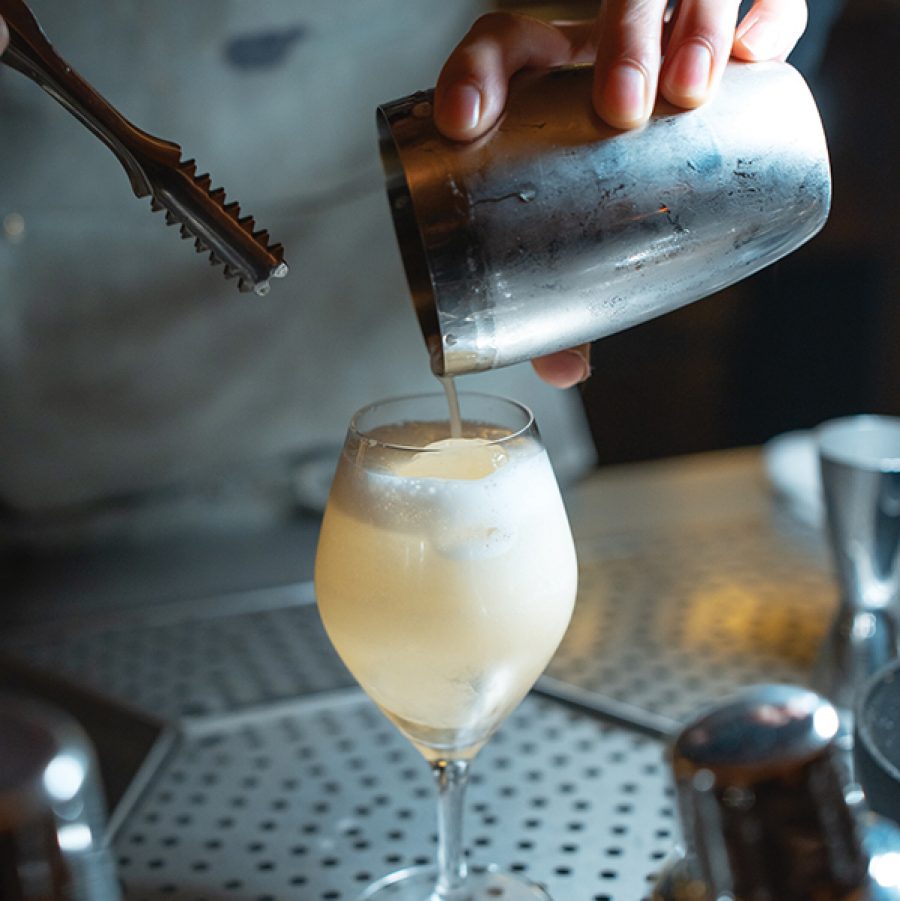
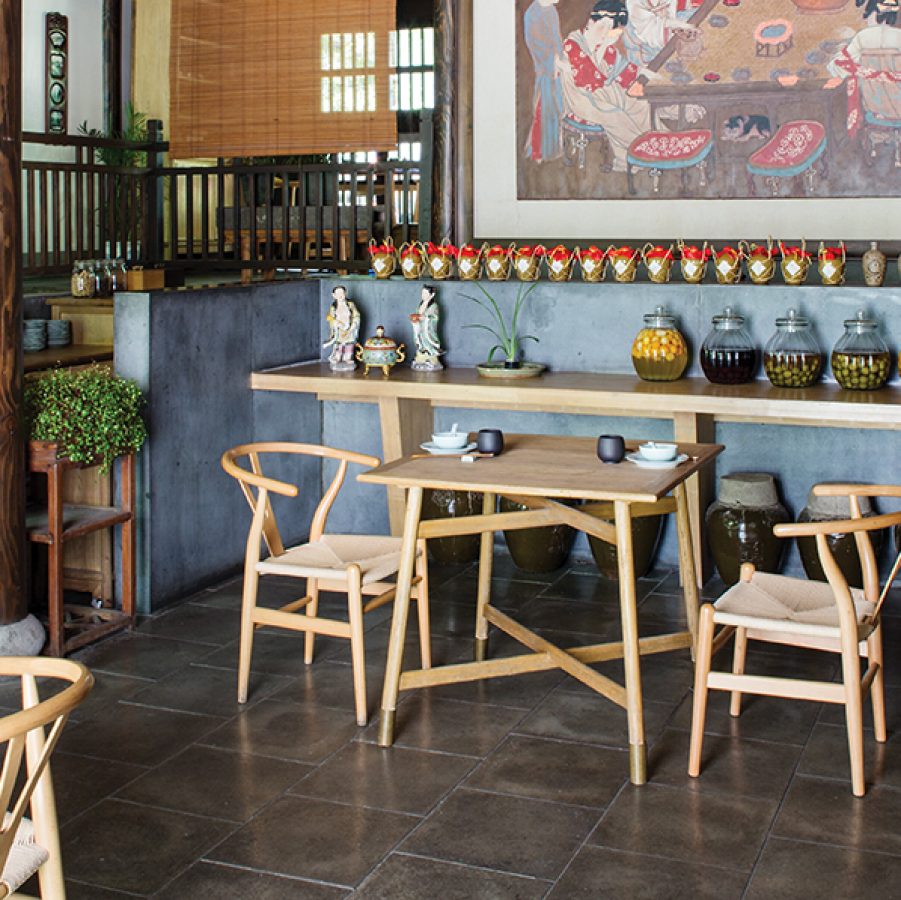
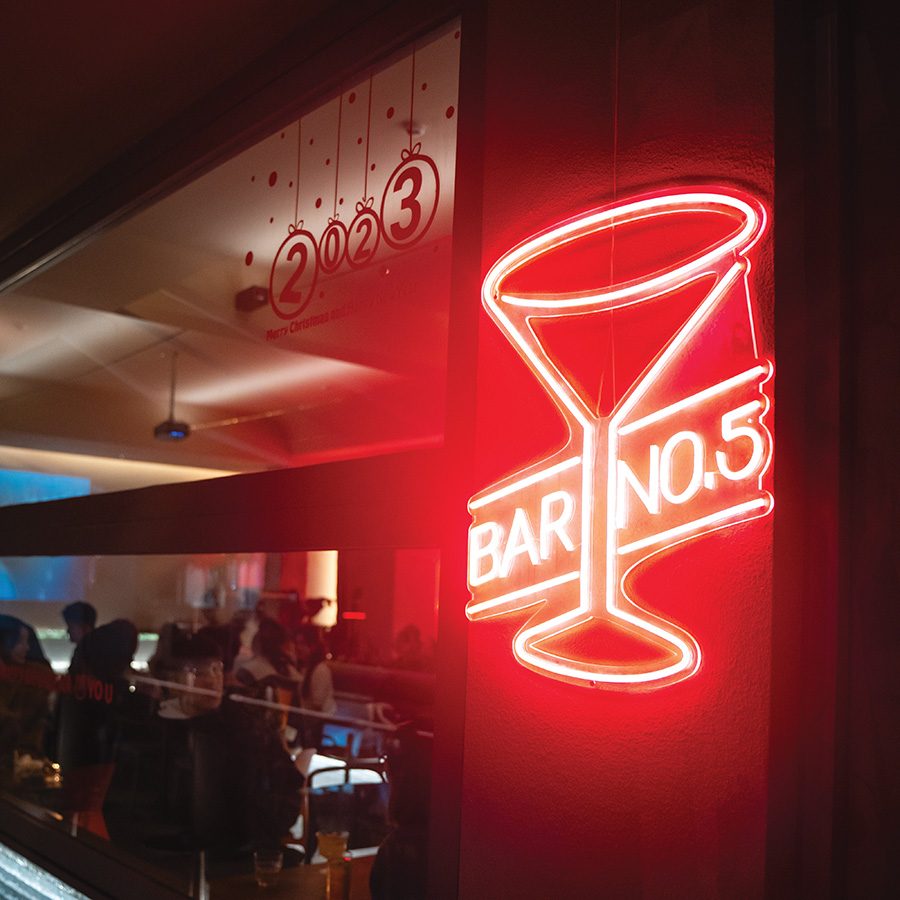
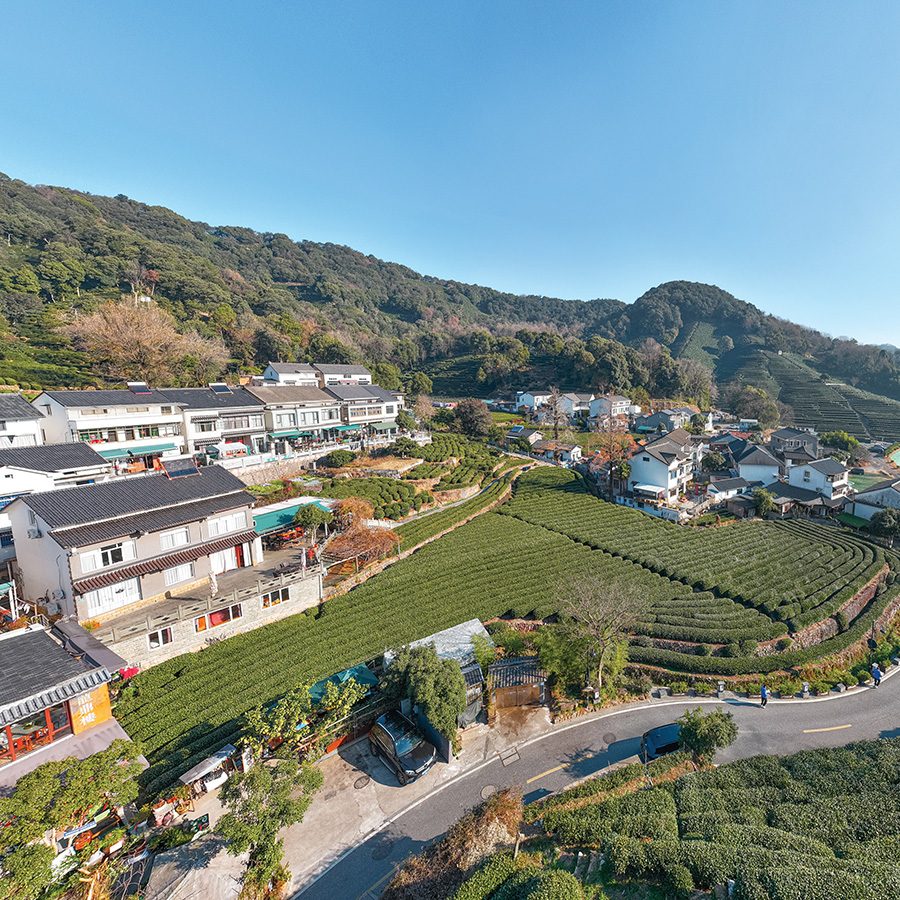
Credit: Hym Chu
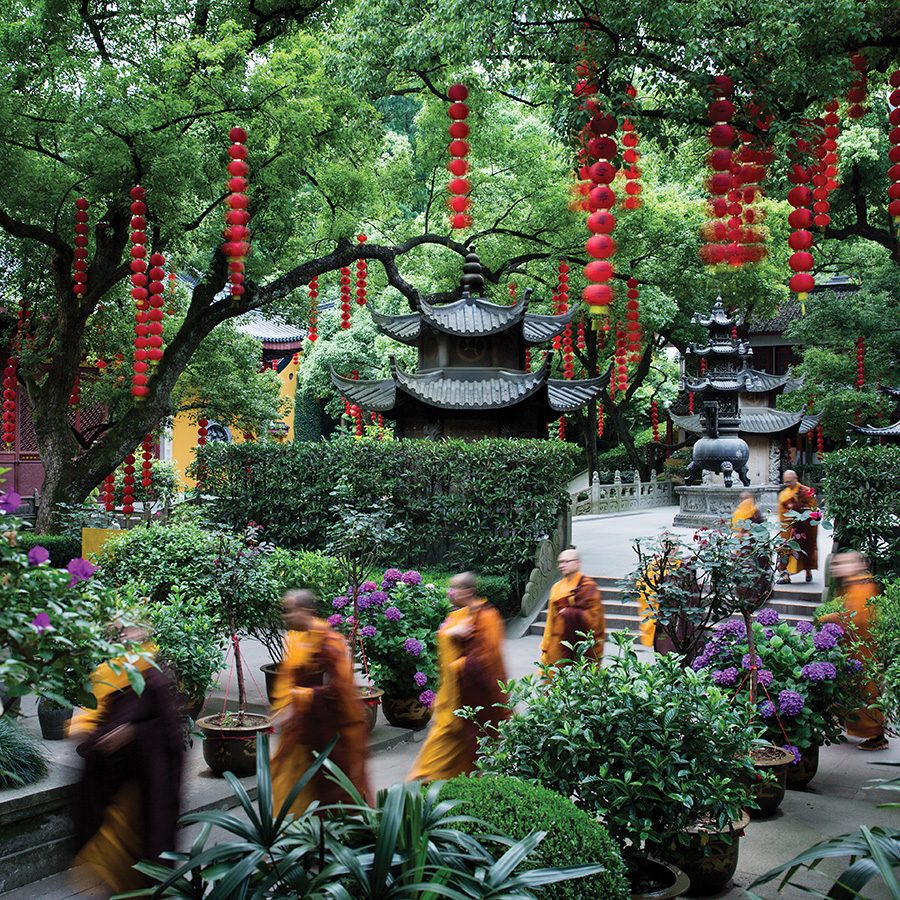
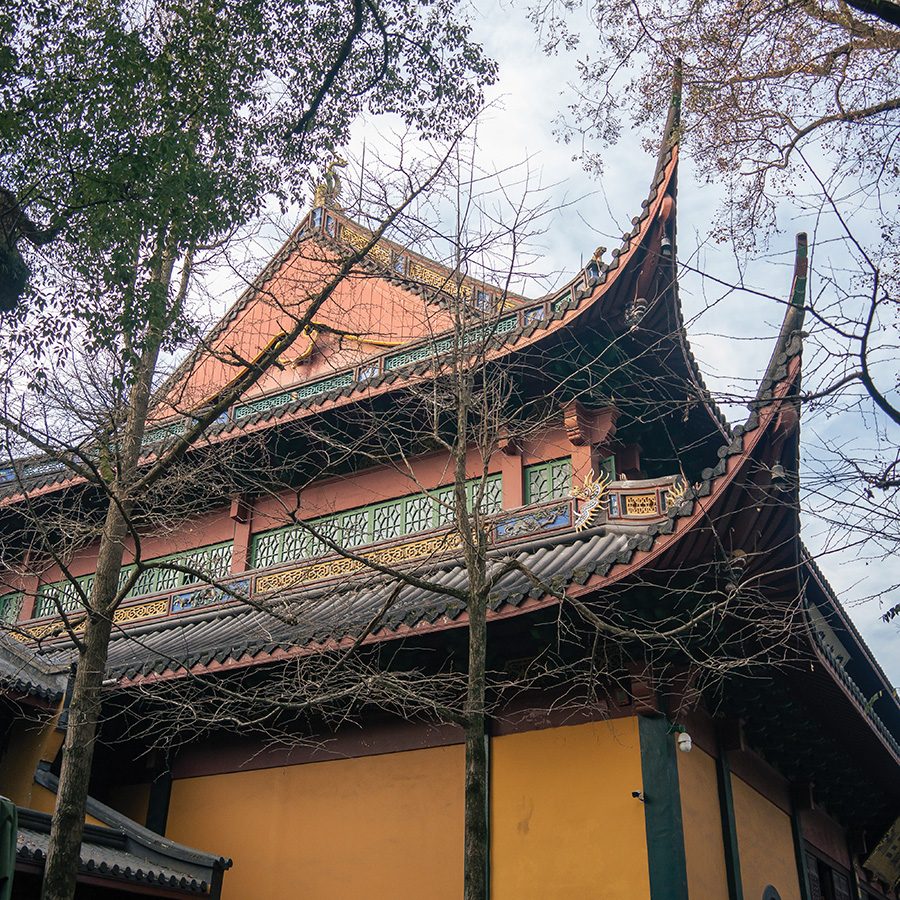
Credit: Hym Chu
An evening walk through Xiaohe Ancient Street near the Grand Canal reveals lively night scenes. I wander through lantern-lit boutiques and cat cafés, stopping by La Bottega for a slice of its signature square pizza. Later, I meet friends at Bar No. 5, a lakeside cocktail spot popular with the city’s hip young things.
The next morning, I embark on a hike around Longjing Village’s famed tea fields. The trek affords mesmerising views of endless vibrant green terraces.
Post-hike, I enjoy a moment sipping the village’s namesake green tea. Known for its delicate yet robust flavour, Longjing tea is traditionally harvested in the early spring months, then pan-fried – a meticulous process that elevates its taste.
Tea houses, or cha lou, offer an authentic tasting experience. There’s no shortage of them in Hangzhou, ranging from luxurious to family-owned, but I prefer the China National Tea Museum. Situated among tea fields, the museum features tasting areas and exhibitions detailing the region’s rich tea culture.
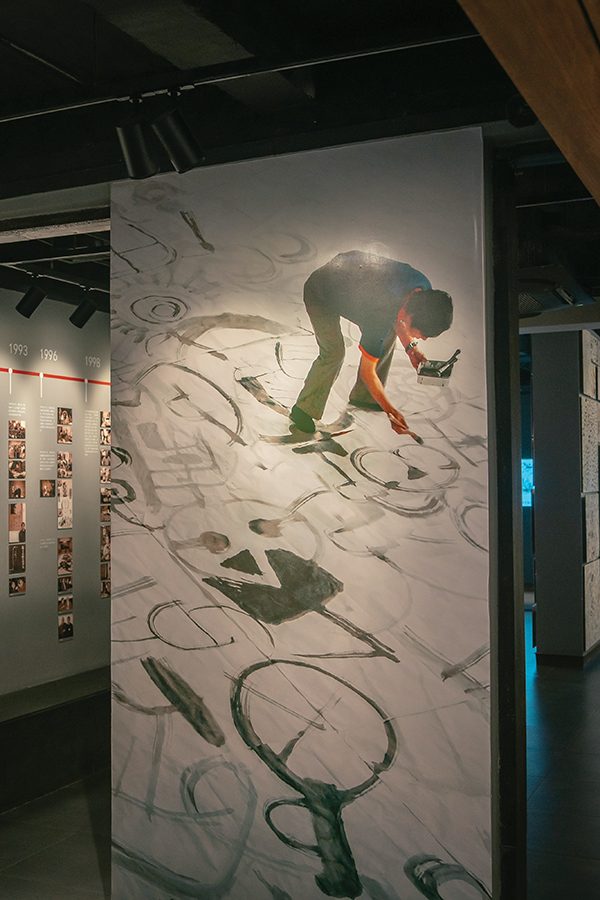
Credit: Hym Chu
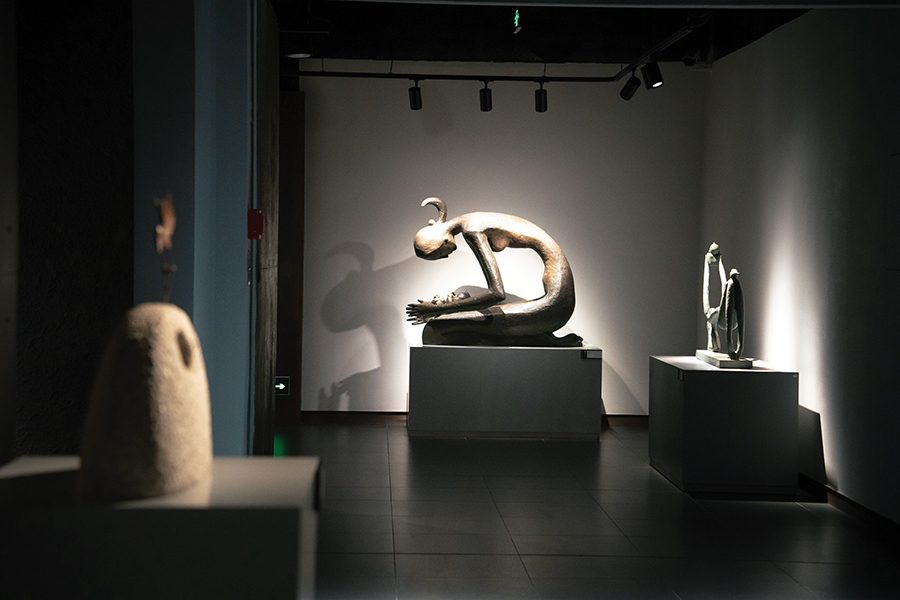
Credit: Hym Chu
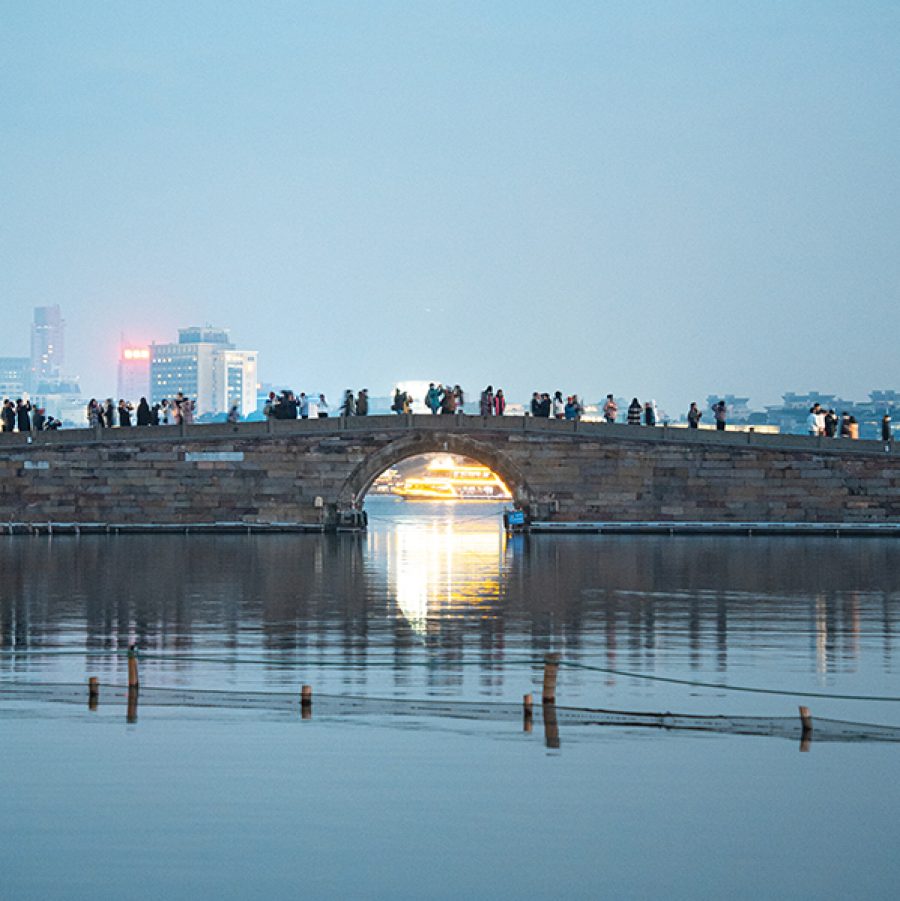
Credit: Hym Chu
In the late afternoon, I make my way over to the Han Meilin Art Gallery in the Hangzhou Botanical Garden, which showcases the eponymous artist’s diverse collection of paintings, sculptures and calligraphy.
After sunset, I head to West Lake to savour the view from the Broken Bridge. Located at the eastern end of the Bai Causeway, this ancient bridge intersects Hangzhou’s hills and cityscape. When snow falls, it gives the illusion of being broken, hence its name. It also serves as the backdrop where the protagonists in the folktale Legend of the White Snake first met and fell in love.
The lakeside path offers a serene setting, with gentle waves sweeping across the water. West Lake has captivated poets, scholars and artists for millennia, and it holds an enduring blend of cultural heritage and natural beauty that has influenced garden design far beyond China.
As I sit on a bench overlooking the waterfront, one thing is evident. Yes, Hangzhou owes much of its fame to the West Lake – and it’s a rightful claim.

Credit: Hym Chu
Hangzhou restaurants and bars
Hangzhou House
Inside the Amanfayun hotel, this award-winning restaurant presents its own twist on Zhejiang’s most famous dishes. Steamed yellow croaker with radish and tea oil reveals layers of exquisite flavours, while rice cakes braised in crab paste burst with umami richness.
22 Fayun Lane, West Lake Scenic Area, Hangzhou
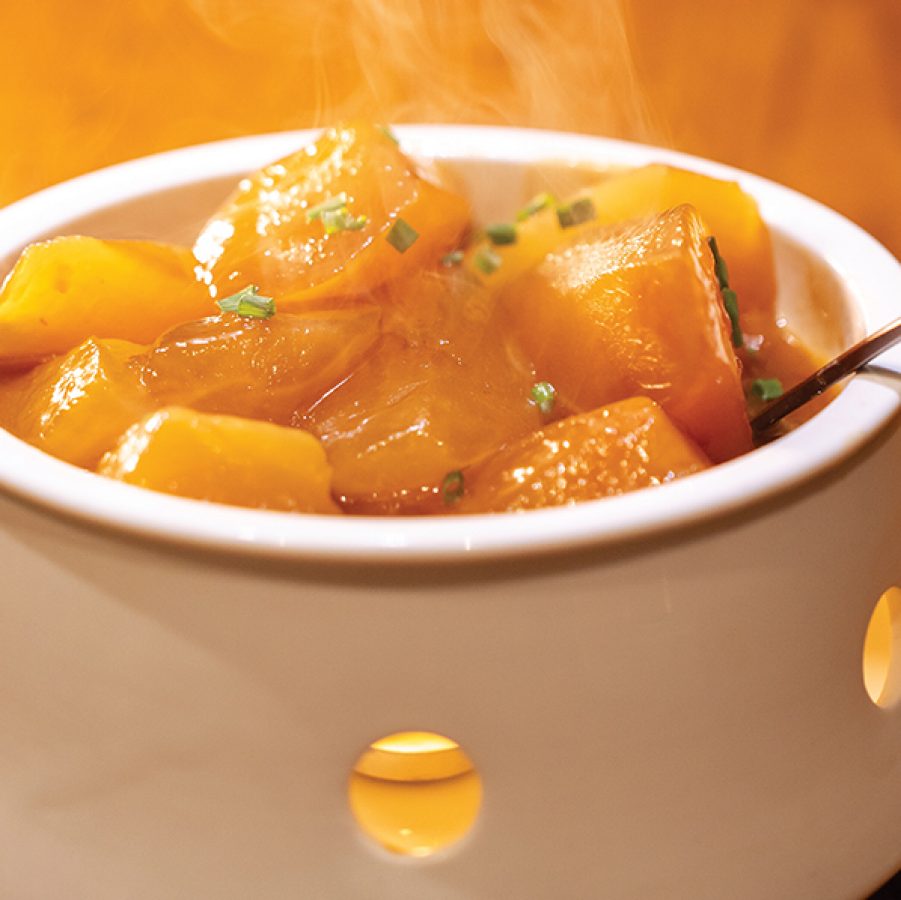
Longding Lou
Inside Longjing Village, farmhouses and other restaurants serve local dishes with unique flair. After hiking the tea fields, head to Longding Lou for a patio lunch and enjoy classics such as tea-flavoured spare ribs and dongpo rou – small cubes of braised pork belly – and wash them down with a pot of loose- leaved Longjing tea.
Wengjiashan 268 Longjing Shanyuan, Hangzhou
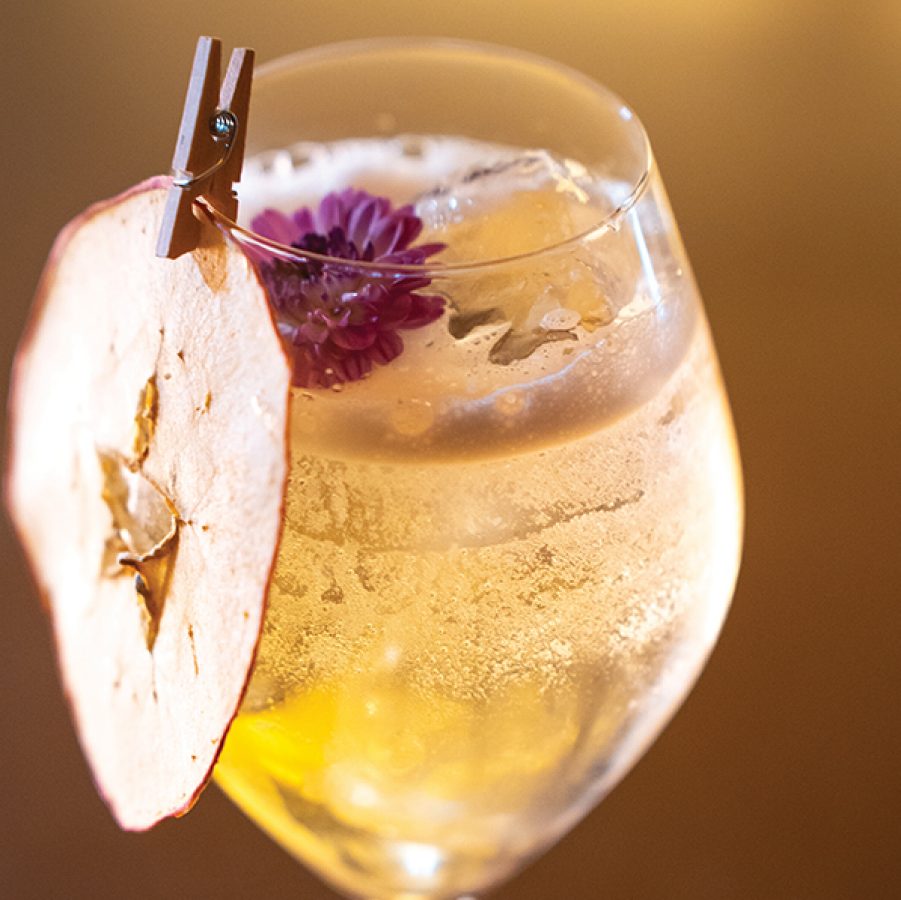
Bar No. 5
A popular bar spot in the city’s commercial Shangcheng district, Bar No. 5 serves classic drinks and craft beers in a neon-lit setting. Make your way downstairs to the cosy speakeasy for a nightcap.
Room 101, 5 Liuying Lu, Hangzhou
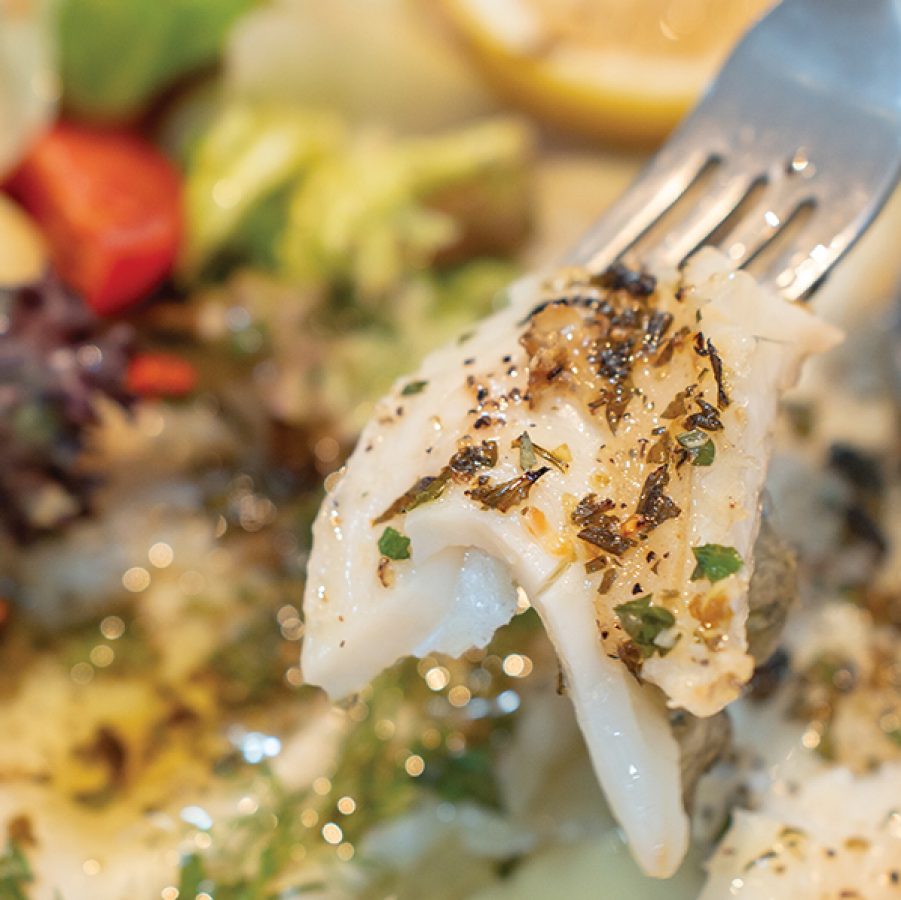
La Bottega
The Hangzhou outpost of Beijing’s popular Italian eatery opened in 2023. With a design inspired by the workshops of Italy, the extensive menu features hearty staples like pizzas, pastas and antipasti, as well as artisanal coffees and cocktails.
No. 32, East Xiaohe, Xiaohe Zhi Lu, Hangzhou
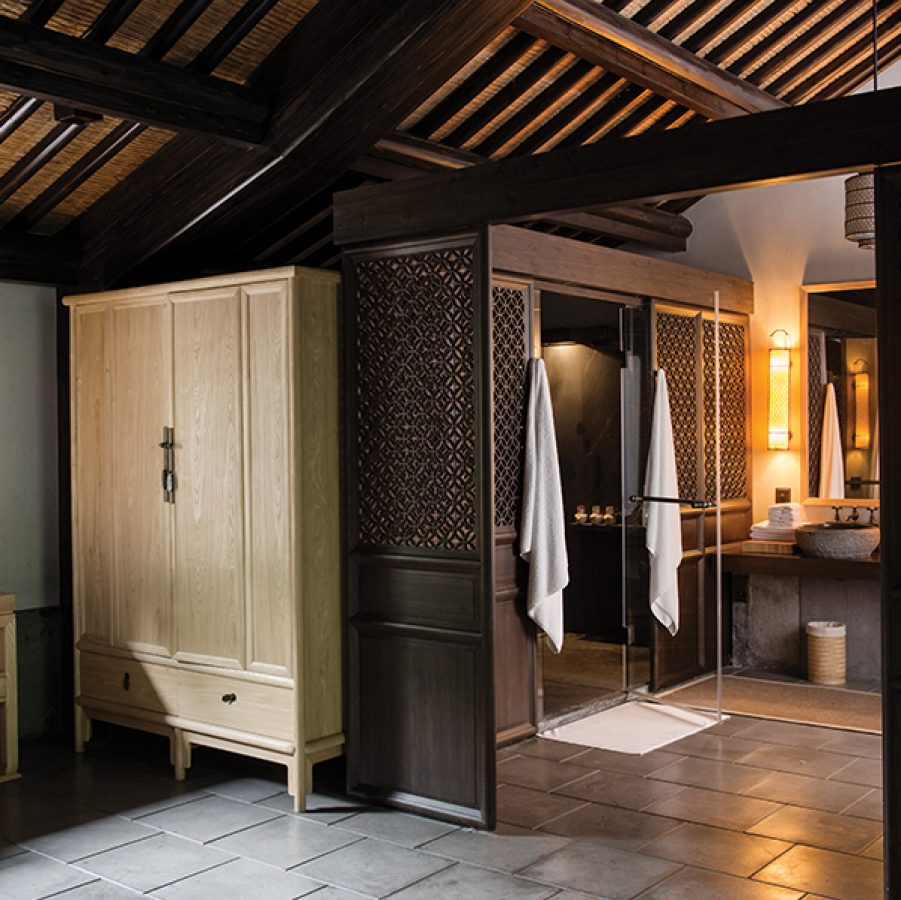
Credit: Hym Chu
Hangzhou hotels
Amanfayun is a five-star resort just a short drive from West Lake, set in a woodland valley full of bamboo groves and offering secluded access to Hangzhou’s natural beauty. Some of its 46 peaceful abodes are more than a century old.
More inspiration
Hangzhou travel information
- China – the Chinese Mainland, Hong Kong SAR, Macao SAR and Taiwan Region
- Hong Kong SAR - English
- Chinese Mainland (China) - English
- Taiwan, China - English
- 香港特別行政區 - 繁體中文
- 中国內地 - 简体中文
- 中國台灣 - 繁體中文
- Africa
- South Africa - English
- Asia
- Bangladesh - English
- Korea - English
- Singapore - English
- Cambodia - English
- 한국 - 한국어
- Sri Lanka - English
- India - English
- Malaysia - English
- Thailand - English
- Indonesia - English
- Maldives - English
- ประเทศไทย - ภาษาไทย
- Indonesia - Bahasa Indonesia
- Myanmar - English
- Vietnam - English
- Japan - English
- Nepal - English
- Việt Nam - tiếng Việt
- 日本 - 日本語
- Philippines - English
- Australasia
- Australia - English
- New Zealand - English
